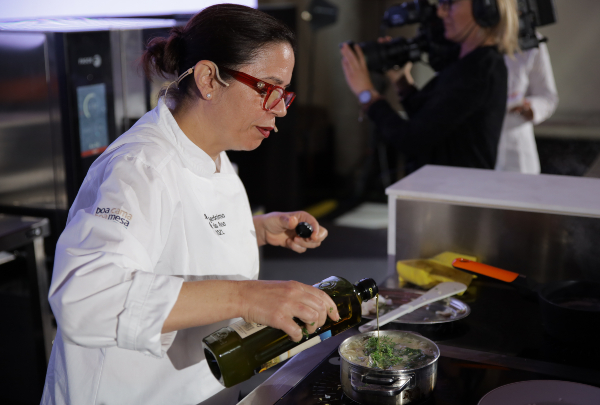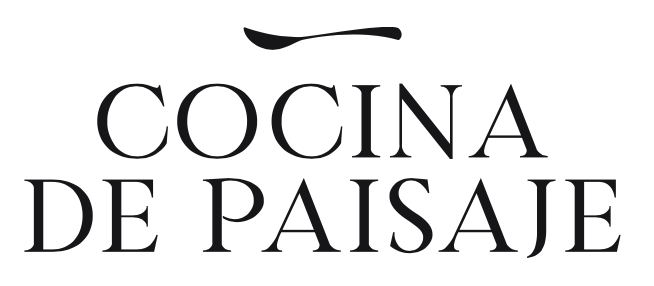News
Arequipa's "picantería" Popular cuisine transformed into a hallmark
 600.jpg)
We visit the typical picanterias of Arequipa with Ignacio Medina.
Zoila Villanueva's shrimp fritter "torreja" is a simple recipe. A flour/water dough with a little sauted onion and finely chopped shrimp tails, fried in small portions. It's also one of those little mouthfuls that stays in your memory; sometimes simply because of what it is, and occasionally because of what it means. I have just eaten one at Las Nieves, the "picantería" spice house Zoila opened in Hunter, fifteen minutes from Arequipa. The "camarón" is a sizeable crab, with a sturdy shell and tasty flesh, widely available from Arequipa's rivers. It is one of the main ingredients in the recipes of this Andes region in southern Peru.
The shrimp "celada" was next. This is another version of the "torreja", only thicker, with the shrimps chopped up less fine. First it is fried, and then stewed in sauce. Both recipes maintain the flavours of traditional cuisine. They are genuine references with roots, comforting, family recipes served up at the "picantería" spice houses, a veritable institution in Arequipa.
Zoila opened Las Nieves (Nicaragua 303, Hunter) 34 years ago to earn a living. It was like other businesses in the sector; humble outlets, almost relying on luck. The "picantera" spice chef cooked at home and served her food wherever she could. Out in the yard, in the family dining room, even in the kitchen, or at the door to the street. Her life was associated with selling "chicha de guiñapo" (a beverage made from fermenting a local variety of black maize), and it was a business for men, run by women. With all that entails.
In addition to "chicha", the "batán" grinder is another spice house emblem. It is a large flat stone with a cavity in the middle, used to grind condiments and sauces with another large round stone, and the process requires much dexterity and patience.
Today Las Nieves is a fully-fledged business, laid out around a large, clean, well-kept patio. Zoila rests her 90-year old bones in a grand armchair ensconced behind the kitchen window, from where she oversees the pace of plates and money, while her daughter Tatiana looks after the rest. It is a prosperous business operating in a sector which now reaps the social prestige that had traditionally eluded it.
This is borne out by La Nueva Palomino (Pasaje Leoncio Prado 142, Yanahuara), in Arequipa itself. The place has expanded non-stop since it was taken over by Mónica Huerta, granddaughter of its creator, Juana Palomino, and not only in terms of space; its cuisine has also expanded, taking directions demonstrating a fare that has moved on with bourgeois touches, and a certain amount of refinement to make the difference. Stew made from ground black dehydrated potato "chuño" and duck with almonds are two prodigious examples of the effect of putting popular recipes through the filter of bourgeois cuisine. The popular limpet "zarza" salad and quinoa whip also cry out for attention.
The spice chef's cuisine is well aware of differences. It has its opulent side, and rather more humble facets. This is true of Los Geranios, some twenty minutes from Arequipa (Av. Arequipa 239, Tiabaya), a basic dining room with a kitchen taking up all the space. Spicy stuffed "rocoto", shrimp tails or "escribano" - a popular salad featuring potatoes, tomatoes and also "rocoto", sprinkled with "chicha de guiñapo" - are some of the eternal recipes in this corner the memory reserves for grandiose flavours.
Simplicity is an extension of the "galpón" structure housing the kitchen and dining room of La Capitana (Los Arces 208, Cayma), back in the centre of Arequipa. It is run by José Díaz, the first male spice chef known to this region. A ground-breaker in a place that maintains the traditional flavours: semi-darkness, washed wood tables, oilcloth spread over the tables, the smoke from the wood-fired stove setting the scene, and recipes to gasp over: lettuce "torreja", "lacayote" (pumpkin) chilli peppers, and a fine stuffed "rocoto".
There are about forty of them, but some are more impressive - La Benita, for example, (Plaza Principal 114, Chatracato), with an institution such as Benita Quicaño running the kitchen, or La Lucila (Grau 147, Sachaca) and her tremendous "chupe" shrimp chowder.
Paces and pauses in Arequipa's cuisine
Ground black "chuño" is one of those recipes that defines the management of time in the spice chefs' cooking. The "chuño" must be hand-ground until it is as fine as flour; a task calling for hard work and rhythm. It is then put in water for a full day, and the water is changed every so often. The more often it is changed, the better the "chuño" gets, as it loses some of its tartness each time, and will be softer for the cooking process. Before changing the water, the flour must have moved down to the bottom to form a compact layer. Cooking usually knows nothing of emergencies. Then comes heat, meat, the potatoes ... and a slow, lazy cook to bring about the miracle of transforming the "chuño" into a tasty, suave, expressive, disturbing treat. This is the first time I have tried it - I have just found it at La Nueva Palomino - and I feel gooseflesh on my arms. A pleasant discovery. Also an exemplary administration of the pace of traditional cooking. Slowness, constancy, rhythm and strategic rest pauses, although I really have no idea whether this interrupts or enhances the strict pace of movement in the pots.
The Arequipa marinade needs time with all recipes, although this task is increasingly unsuccessful. I found this out at El Inter, in the top section of San Camilo market. As in many other places, they replace the traditional humble neck of "chancho" wild hog with pork loin. They felt a better cut improves the presentation and the appearance, turning it into a refined stew, prolonging the game of appearances woven around the kitchen. They had not realised the consequences of defying the immense wisdom of popular cookery. The neck cut has its "raison d'être", and it is there for a reason. It is a sinewy cut which calls for a longer cook; this is needed for the onion to break up in the pot (the onion one finds on the plate is added in at the end by way of decoration) and round off the stew. In return, the neck's fibre, fat and jelly produces tasty, juicy food. Unlike the dryness of loin. Time also plays a role with flavours. Including shrimp, which is habitually overcooked and is almost always dry. The exceptions are the "sivinche" sauce at La Benita and the shrimp tail at Los Geranios.
What I like most about the "picantería" eateries is the generosity with which they manage their timing. It is here that I find one of the secrets of their greatness. They all share the paces and pauses of the rhythm of styles of cooking until, one by one, they define their own identity.
And, just to prove it, try a recipe as simple - or as complex - as "escribano" salad. "Sancochada" boiled potatoes, tomato wedges, spicy "rocoto", oil, salt, and the magic touch of two spoonfuls of "chicha de guiñapo" - they call this "chichagre" - are sufficient for a wonderful recipe. From this, to the excellence of Los Geranios, in Tiabaya, a path is marked out by wisdom that appears to be eternal.
Today's "picanterías" are very different; a far cry from the small, humble eateries of the past. Now they have large dining rooms, extensive menus and well-honed cuisine, established and regulated: we have spice chef recipes, and other recipes which are not. The current process breached the frontiers of poverty to become a cookery fiesta. They have achieved this at Los Geranios, Las Nieves, La Benita, La Lucila and La Capitana. La Nueva Palomino is another story: a splendid refined version of a "picantería". As if they had strained the popular recipes through the crucible of upmarket cuisine.
The "chicha" beverage
Mónica Huerta's team make "chicha" every day, early in the morning. They do this with "guiñapo", the result of germinating, drying and grinding a variety of black maize grown in only a few districts of Arequipa. When you see them doing it, it does not seem so complicated, but it is certainly an arduous task. They boil the "guiñapo" with water in the pot, filter it with burlap fabrics and allow it to cool, before adding a measure of old "chicha" liquid to assist the fermentation process. The mixture is left in a earthenware receptacle known as a "chomba", which has been coloured down through the years by the purple hues of the beverage. As time wears on, a thick layer of purple cream forms in the mouth of the receptacle. Temperatures permitting, it will be ready the next day when the first diners take their places at the table. If it's chilly, the process takes another day. Making this beverage is part of the routine at La Nueva Palomino and other spice houses in Arequipa. The doors do not open without it. They come here to drink, and after that they eat.
The "chicha" is cool, young, sweet and silky, with a hint of fizz for a merry sip, and it has a low alcohol content. Locals in Arequipa go to the "picanterías" to drink it in doses to be reckoned with. This is evident in the size of the thick, semi-opaque glasses used in these traditional outlets. The "caporal", holding one and a half litres, is the biggest, but it has all but disappeared now. At the traditional spice houses - there are more than forty of them officially registered here - some of them are kept in reverence, like relics of the past. The next largest is the "cogollo", and this glass can take a litre of "chicha". The smallest, known as the "doctorsito", holds only half a litre.
In Arequipa they call it "chicha de guiñapo" (also "huiñapo"), and it plays only a minor role in a saga that extends to practically all Latin America. The main stage is reserved for what they call "chicha de jora" in Peru and "la chicha" in Bolivia, a common feature of this area in the Andes mountain range. "Chicha de guiñapo" is restricted to the Arequipa region in southern Peru. It never ceases to amaze me, because it is my favourite of all the "chichas" I have tasted, but production of the beverage is linked to production of black maize, a variety that is becoming increasingly scarce, and the preparation of "guiñapo".
Pandemic
The spice houses personify the image of change, resilience and common sense. These exemplary popular eateries, which define the nature of Arequipa cuisine and make Peru's culinary landscape different, have undergone an eternal struggle. They evolved in a struggle of humbleness and a lack of assistance, and learned to keep going. No one dropped out from Arequipa's "Sociedad Picantera", and almost all the chefs are actively working. They held out against the particular harshness of the pandemic in the province and against the country's longest lockdown, curfews and restrictions, and adapted to challenges for which they were unprepared. They are women who are used to resilience - only three "picanterías" are run by men - and they got to grips with the task. They found out how to work with an empty dining room; they learned to cook and make home deliveries; to serve different tables, customers and necessities; and to swap proximity for distance, and again they won the day.
Everything begins to fall into place when I sit down at the long table and bench at La Maruja, a humble local "picantería" (Cerro Colorado, in Cayma). On the wall, a blackboard announcing the Sunday specials - marinade, udder pastie ... and the day's lunches. Part of the fare is "chochoca", a tasty thick stew fashioned over a thin maize flour to make a stock used to cook vegetables and leg of beef. It certainly sets your body up for the rest of the day. The price is affordable, and the dining rooms on both floors bustle with local customers. They lived and continue to live without the ups and downs of tourism. The next day I arrive at Los Leños, the country "picantería" run by Rafael del Carpio, not far from Yumina, hoping for some "sango", an exceptional toasted maize stew, and to come face to face with another resilient chef. His customers, who used to come in from Arequipa and other locations nearby, are beginning to feel the pinch of the crisis, and he only opens at the weekend, but he is holding out and does not let his guard down in the kitchen. Not everyone can say the same.
And then there is La Fiera and its parent restaurant, Guisos Arequipeños, or La Nueva Palomino, which developed the strongest relations with world tourism, albeit moderately so, adapted to the new times of local customers, a small menu and a smaller staff. And also to home deliveries, which came to stay, and sales of traditional produce - the wonderful La Recova shop run by La Nueva Palomino - essential measures to keep the books straight. In Arequipa, local cuisine beats the waning mirage of sampling menus hands down.


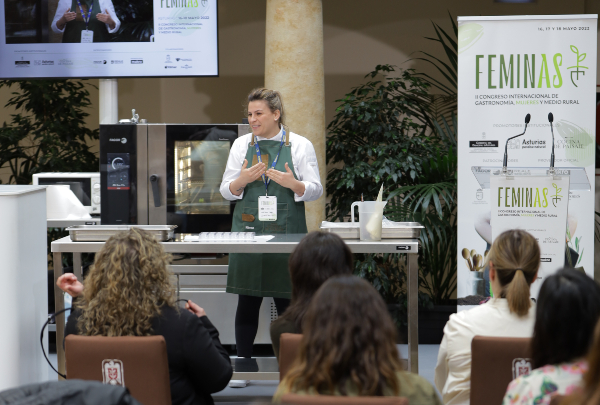

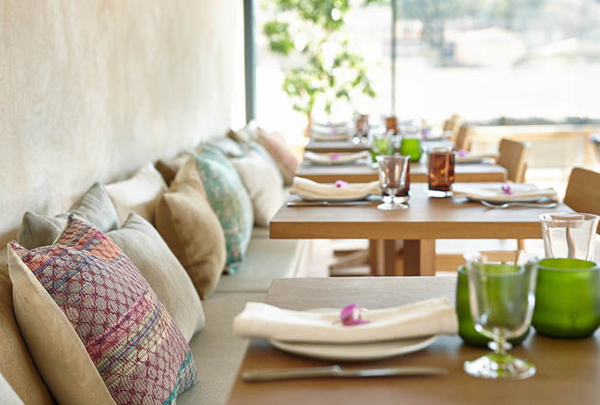
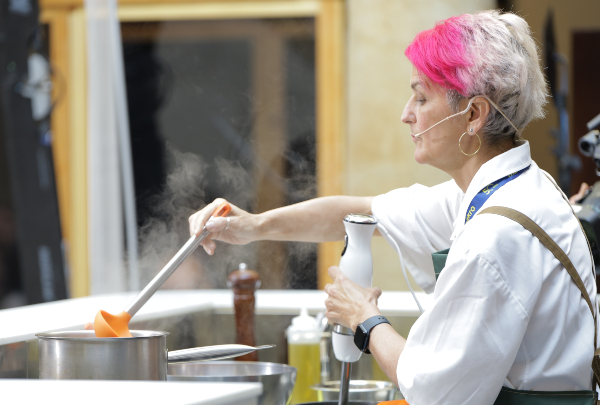
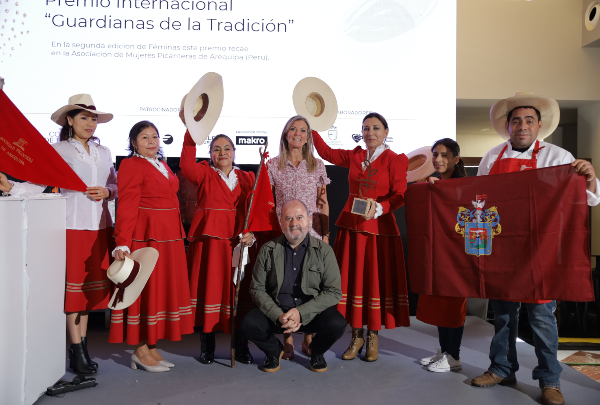
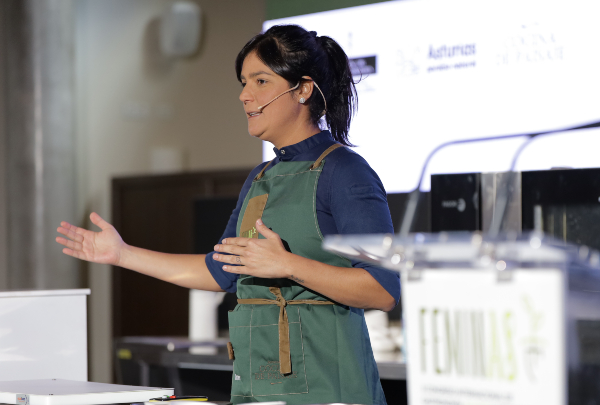
 600.jpg)

